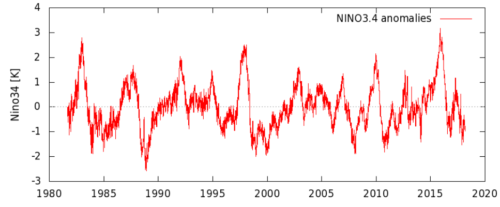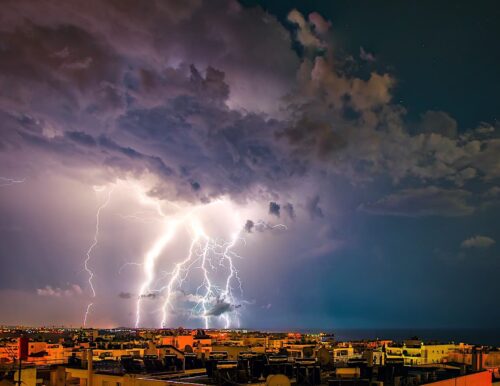 German scientists Dr. Sebastian Lüning (geology) and Prof. Fritz Vahrenholt (chemistry) say a recent sea-level rise paper is “alarmist” and based on sloppy, “faulty” science.
German scientists Dr. Sebastian Lüning (geology) and Prof. Fritz Vahrenholt (chemistry) say a recent sea-level rise paper is “alarmist” and based on sloppy, “faulty” science.
Sea level rise grossly overstated by sloppy science
By Dr. Sebastian Lüning and Prof. Fritz Vahrenholt
(Text translated/edited by P. Gosselin)
In mid-February, a frightening report made the rounds through the mainstream media, and also the German evening news Tagesschau warned: Sea level is not rising linearly, but rather exponentially and thus we should expect a sea level rise of 65 cm (26 in or 2.1 feet) by the end of the century!
A linear sea-level-rise rate at today’s 3 mm/year, 25 cm (9.8 in) would be manageable. So what’s behind the story?
The urgent report is traced back to a study led by Robert S. Nerem at the University of Colorado–Boulder.
In it, the authors should have adequately filtered out the ENSO sea level fluctuations. An El Nino results in much greater rainfall in the East Pacific, which leads to a temporary rise in global sea level.
Conversely, a La Nina results in much more rainwater on land (especially Australia) where it is temporarily stored, leading to less water in the ocean; this is clearly detectable globally.
Fig. 6: Plot of the Nino3,4 index since 1980. Currently, it is showing a moderate La Nina. Source here.
As it is clear to see in Figure 6, near the beginning of the satellite measurements in 1998 there was a surplus water amount.
After 2010, there was a deficit of water and in 2017 too much. The authors of the study, however, did not adequately remove these natural fluctuations, as was later discovered shortly later.
As a result, the recent El Nino got partially used in the calculation and impacted the trend result, as did the 2011/12 La Nina and the 1997/98 El Nino.
This resulted in a growing trend and allowed Nerem et al (2018) to use a quadratic fit, which was then extrapolated out to the year 2100.
Such an approach resembles the error of a real beginner, which one calls over-fitting. The data basis of 1993 to 2017 is much too small and also fraught with error and so does not allow a credible trend going out to 2100.
And because no data were included with the study, it was necessary to invest two or three hours to uncover the shortcoming.
Perhaps the peer-reviewers could not be bothered to check it adequately and therefore allowed the scientific sloppiness to find its way into a journal. From there, the media turned it into headlines.
A total false alarm
The conclusion is clear: a faulty paper that bordered on alarmism ended up making its way into the German-evening news.
Findings on the temperature trend-dampening factors such as the AMO and the PDO don’t even get mentioned in our science media.
This is how politics gets done using selective science. We will see over the coming years exactly how things develop.
Both major ocean indices are pointing negative and the solar activity is below normal, which are major counter-warming factors.
Read more at No Tricks Zone


 German scientists Dr. Sebastian Lüning (geology) and Prof. Fritz Vahrenholt (chemistry) say a recent sea-level rise paper is “alarmist” and based on sloppy, “faulty” science.
German scientists Dr. Sebastian Lüning (geology) and Prof. Fritz Vahrenholt (chemistry) say a recent sea-level rise paper is “alarmist” and based on sloppy, “faulty” science.
















